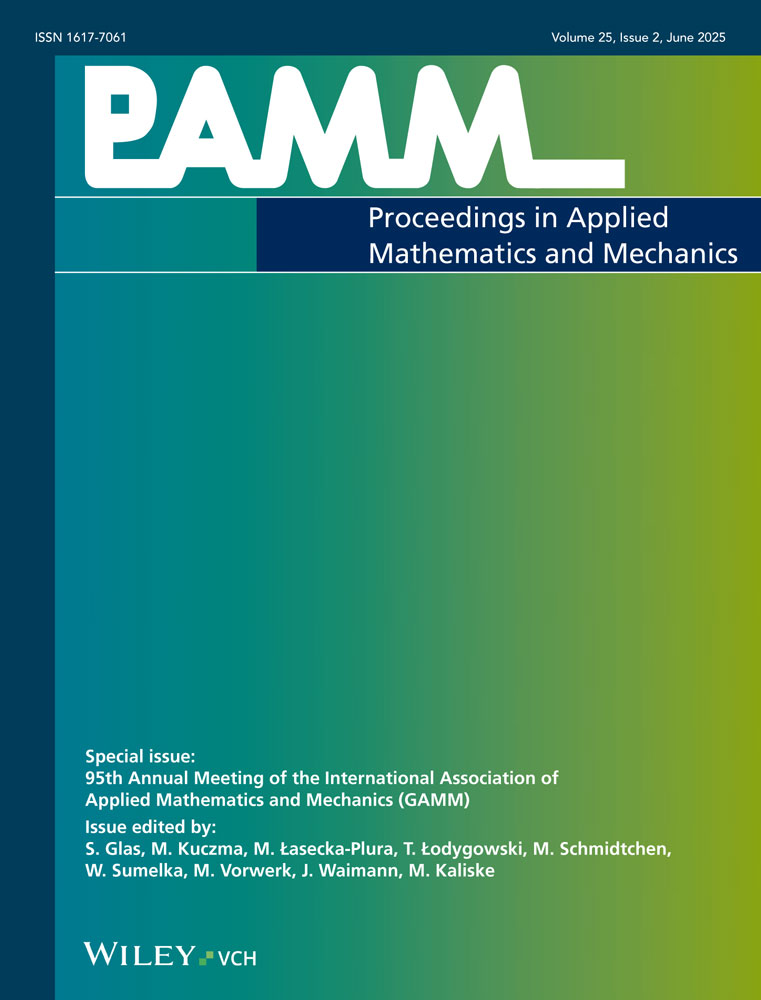Energy consistent time integration of planar multibody systems
Abstract
The planar motion of rigid bodies and multibody systems can be easily described by coordinates belonging to a linear vector space. This is due to the fact that in the planar case finite rotations commute. Accordingly, using this type of generalized coordinates can be considered as canonical description of planar multibody systems. However, the extension to the three-dimensional case is not straightforward. In contrast to that, employing the elements of the direction cosine matrix as redundant coordinates makes possible a straightforward treatment of both planar and three-dimensional multibody systems. This alternative approach leads in general to differential-algebraic equations (DAEs) governing the dynamics of rigid body systems. The main purpose of the present paper is to present a comparison of the two alternative descriptions. In both cases energy-consistent time integration schemes are applied. (© 2006 WILEY-VCH Verlag GmbH & Co. KGaA, Weinheim)




